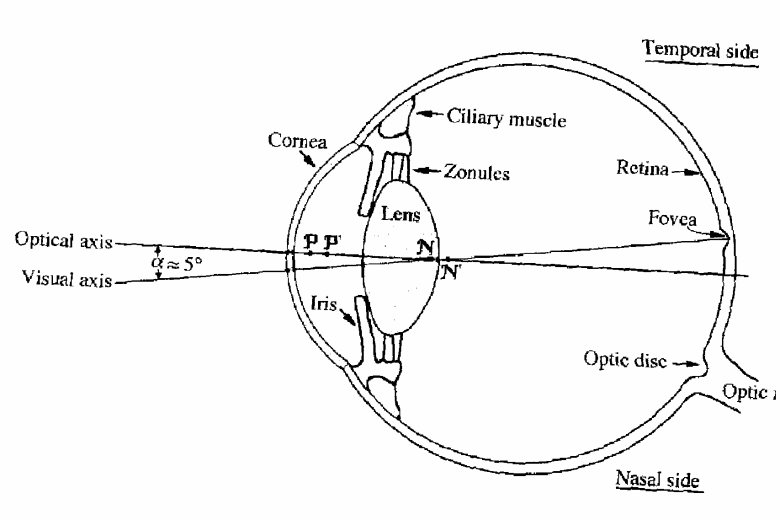

Proc R Soc London B 196: 197–222Ĭharles GH (1961) The orientation of Littorina species to polarized light. J Gen Physiol 67:197–211īlest AD, Land MF (1977) The physiological optics of Dinopis subrufus L. The 5-mm long cephalic tentacles permit physical contact with objects too close to be in focus.Īlkon DL (1976) Signal transformation with pairing of sensory stimuli. The depth of focus is estimated to be from 2.3 mm to infinity. Each eye has a potential field of view of 240 °, and the two eyes could provide 170 ° of forward-directed binocular vision. On the central retina a single average photoreceptor subtends an angle of 1.3 ° from the posterior nodal point, while the angular separation of neighboring average photoreceptors is 1.7 °. The average adult retina contains about 7,450 photoreceptors whose average diameter is 3.44 μm, and whose average separation distance is 4.37 μm. The Airy disc on the central retina is less than 0.83 μm in diameter, indicating that image quality is nearly diffraction limited.

Rays parallel to the optic axis converge on the central retina's surface in a 1.1-μm diameter blur circle. The lens is at least partially corrected for spherical aberration and has a short focal length ( f/r = 2.71 for a 170-μm diameter lens in saline), indicating that its refractive index decreases from core to periphery.

Light passes through a transparent cornea, a large fixed pupil, a spherical lens, and a large vitreous body, before striking a non-reflective retina. Each eye is about 270 × 240 μm in adults and is located on a short protuberance lateral to a cephalic tentacle. The gross structure and optical properties of the eye of the marsh periwinkle, Littorina irrorata, are described.


 0 kommentar(er)
0 kommentar(er)
